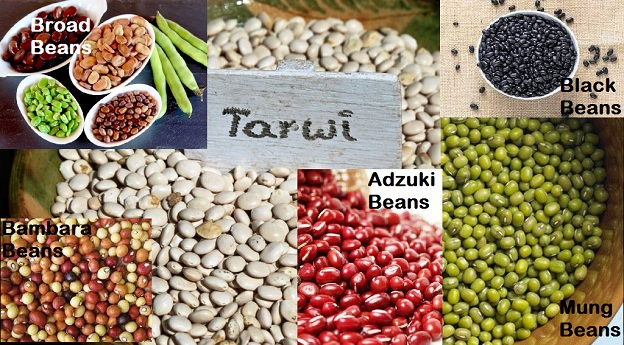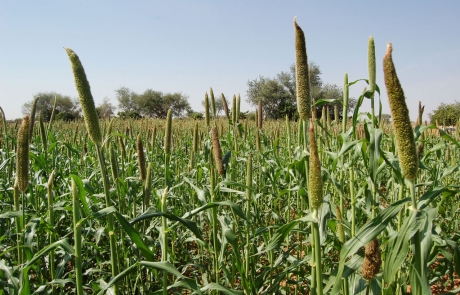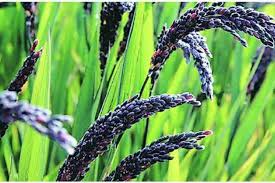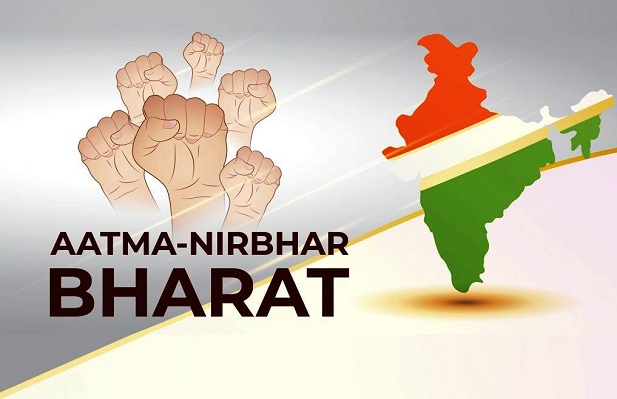- Six Reasons To Bring Millets To The Market!
- Hong Kong Court Makes Landmark Ruling Protecting Transgender Rights
- Substrate Promiscuity Of Fungi Generated Enzyme Laccase Shows Potential In Degrading Industrial Dye Effluents
- Union Minister Of Rural Development Holds A Meeting On ‘Cactus Plantation And Its Economic Usage’
- Ministry Of Tribal Affairs Organised One Day Mega Health Camp ‘Abua Bugin Hodmo-Our Better Health’ At Saraikela Kharsawan, Jharkhand
- Blue Flag Standards For Beaches In The Country
- India-Namibia Sign An MoU On Wildlife Conservation And Sustainable Biodiversity Utilization
- Hydrophobic Ingredients, In Combination With Obsolete Antibiotics, Can Counter Multidrug-Resistant Bacteria
- Promoting Cultivation Of Kala Namak Paddy
For the love of pulses- Introducing six lesser-known pulses and their cooking traditions from around the world
Posted by: 2022-02-09 06:18:04 , By Admin
 Red, green, white, black, brown… name a colour and we can give you a pulse! And what exactly is a pulse, you might ask? Well, pulses are a sub-group of legumes that are harvested for their dry seeds. Beans, lentils and peas are commonly known pulses.
Red, green, white, black, brown… name a colour and we can give you a pulse! And what exactly is a pulse, you might ask? Well, pulses are a sub-group of legumes that are harvested for their dry seeds. Beans, lentils and peas are commonly known pulses.
But the world of pulses is much more than that! From lupins to lentils or cowpeas to chickpeas, pulses can surprise you with their breadth and depth. No matter whether they have an alluring name like velvet beans or a curious one like winged beans, pulses are wonder foods for both human and environmental health. They are a vital and generally inexpensive source of protein. They are full of vitamins and minerals that can help prevent diseases like diabetes and coronary conditions. Planet-wise, pulses are good for soil health, and many are also drought resistant and climate-resilient, their genetic diversity helping them adapt to changes in climate.
Despite the many benefits, these extraordinary foods have lost popularity in recent years and worldwide consumption has decreased because of rising incomes and related consumer preferences.
On 10 February, World Pulses Day, we encourage you to seek out the endless varieties and cooking options of these small wonders, starting with these six!
1. Tarwi beans in South America
On the international scene, tarwi, also widely known in Spanish as chocho, has all but been forgotten, but this nutritious legume has been continuously cultivated in the High Andes for around 2 000 years. Also referred to as the Andean or Peruvian field lupin, tarwi mainly grows at high altitudes, in cool, temperate and cold climates. It is the only lupin species domesticated in the Americas and contains between 41 and 52 percent protein.
Locals traditionally cooked and mashed tarwi to produce white liquid baby food. Today, tarwi is used for anything from soups and main dishes to beverages and desserts. Recipes for many of these dishes are featured in FAO’s High Andean Cuisine Cookbook.
2. Broad beans in the Near East
Many people are familiar with the chickpea creations of hummus or falafel. However, fewer people may know about the Middle Eastern favorites made with broad beans, also called fava or faba beans. Broad beans are native to the Mediterranean and Central Asia, but because they are a high-yield crop that can grow in harsh, cold climates, they have been cultivated far and wide, from Australia to Peru.
In the Ancient Roman empire, broad beans were offered to the gods to celebrate the feast of Fabaria. In Ancient Egypt, beans were vital for protein and are thought to be depicted in Egyptian hieroglyphics. Even today, pulses are a part of everyday cooking. In Egypt, Lebanon and Syria, a typical breakfast includes Ful, or Foul Moudammas, a nutritious broad bean-based dish.
3. Mung bean in South Asia
In much of Asia, beans are central to everyday cuisine. India has the highest rate of vegetarianism in the world at 30 –40 percent of its population, and pulses provide an indispensable source of protein.
While internationally, Indian dishes featuring lentils and chickpeas are perhaps better known, the Mung bean, also known as moong or green gram, is also used widely in this cuisine, particularly in the north. These petite, oval, olive-coloured beans are also often eaten in their sprouted form, beansprouts.
Teen Dak Ke Dai Bhalle is a Punjabi dish that grinds Mung bean with two other types of beans. They are then mixed with spices and fried golden. These fritters can be found from street stalls to fancy weddings. Find the full recipe in FAO’s pulses cookbook.
4. Black beans in Latin and North America
Globally, Latin Americans consume, on average, the most amount of pulses (34 grams) per person per day. Beans have a long tradition in Latin American cuisine going back to the diets of the indigenous populations such as the Incas and Mayas.
Similarly, North American cuisine, shaped by its native and immigrant communities, also features pulses quite heavily. From Boston baked beans and Louisiana red beans and rice, to Native American-rooted succotash and Tex-Mex bean burritos, pulse recipes abound.
In many dishes, pulses and cereals are served together. The complimentary amino acids unlock the nutritional potential of the dish’s protein. One popular example is Refried beans with corn tortillas .
5. Bambara bean in West Africa
Bambara beans, also known as Bambara groundnuts, are indigenous to West Africa. In fact, the name Bambara comes from the region’s Bambara people and language
Pulses haven’t traditionally been a large part of western African cuisine. However, some countries, like Mali, have become increasingly interested in the potential of pulses to meet the challenges of climate change, desertification, water scarcity and malnutrition. Mali has in fact increased its production of pulses over the last decade.
The Bambara bean is extremely tolerant of poor-quality soils and drought and can yield a crop even in conditions where other legume crops would fail.
Bambara beans can be eaten as a snack or a meal, such as this dumplings recipe.
6. Adzuki beans in East Asia
Originating in East Asia, adzuki beans are deep red with a sweet, nutty flavor. They have different names in local languages but are often known as “the king of beans”. Adzuki beans have great importance in local diets and are prized for their reputed health benefits.
Adzukis are widely used in Japan, Korea and China to make red bean paste, often used as filling for steamed breads, dumplings and sweet cakes. In fact, many popular deserts feature red bean paste including Chinese mooncakes and a New Year’s favorite, Eight-treasure rice pudding.
Pulses are good for us, for the environment and forfarmers’ livelihoods. They have been around for centuries and just like unlocking an ancient secret, it is time to rediscover pulses and give them a starring role in our sustainable future.
You may like similar blogs

Six reasons to bring millets to the market!
Deadline: 2023-03-20 06:26:22
We may be small, but we are strong. We grow where others cannot. We nurture soils and ecosystems, an...

Sustaining the Tuna Value Chain in Grenada
Deadline: 2022-05-02 03:16:36
15/11/2021
Tuna and tuna-like fishes, most notably the yellowfin and Atlantic sailfish make up abou...

Promoting Cultivation of Kala Namak Paddy
Deadline: 2022-03-26 05:52:45
Kala Namak rice is grown in the tarai area of Siddharth Nagar and ten neighboring districts of easte...

Nari Shakti of NER : An inspiring tale of Smt. Yobina Lyngdoh Marshyllong
Deadline: 2022-02-11 07:17:08
Smt. Yobina Lyngdoh Marshyllong is a resident of Jakhong Village, West Khasi Hills, Meghalaya. Comin...

Aatma Nirbhar Bharat Package for Micro Enterprises
Deadline: 2022-02-07 07:39:48
As part of the Aatmanirbhar Bharat Initiative, Ministry of Food Processing Industriesis implementing...









